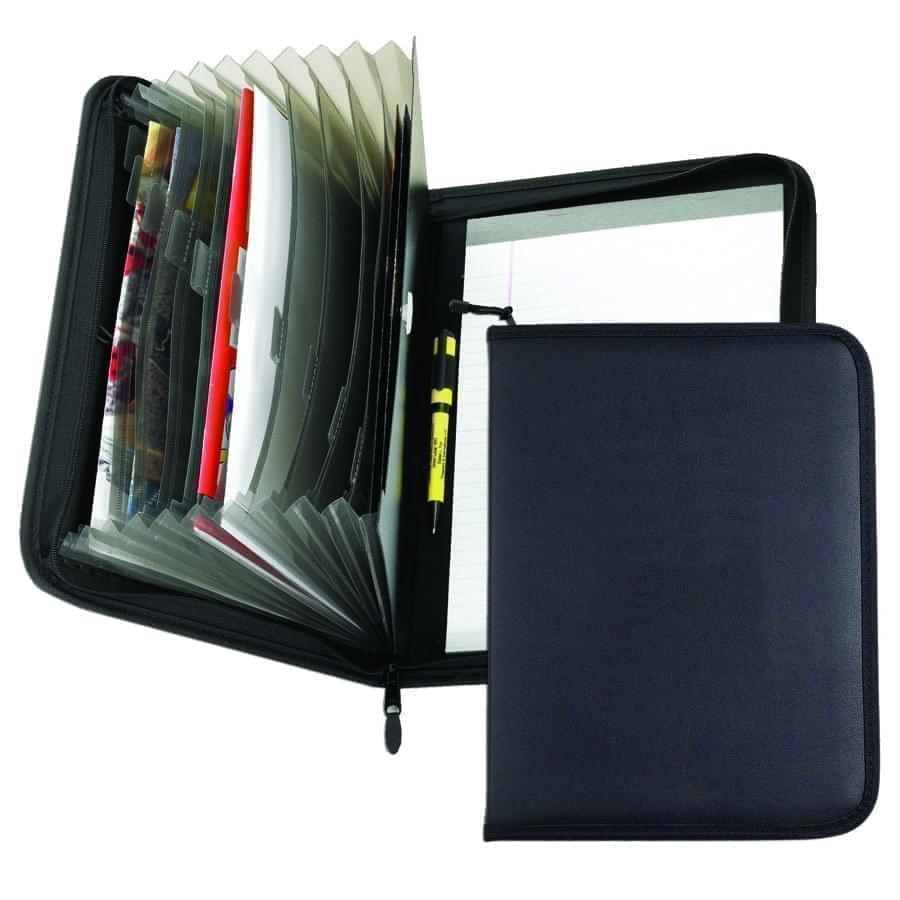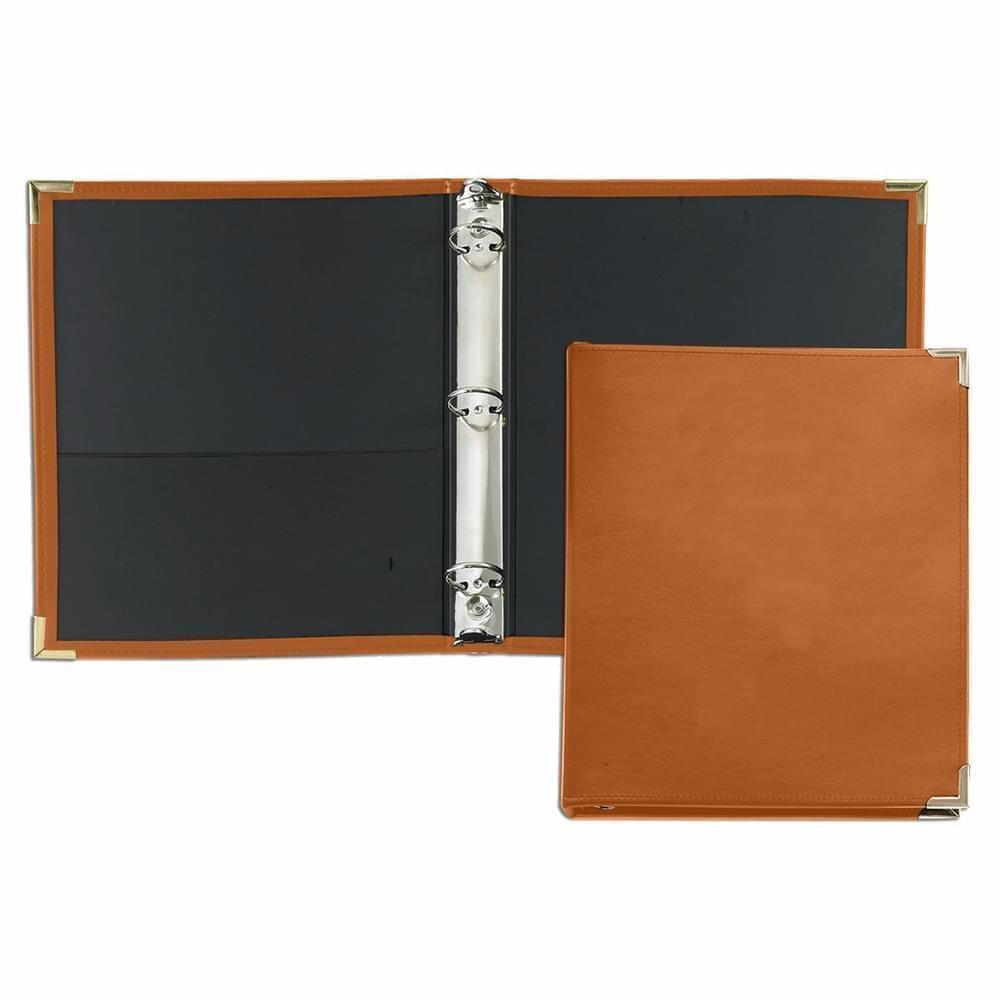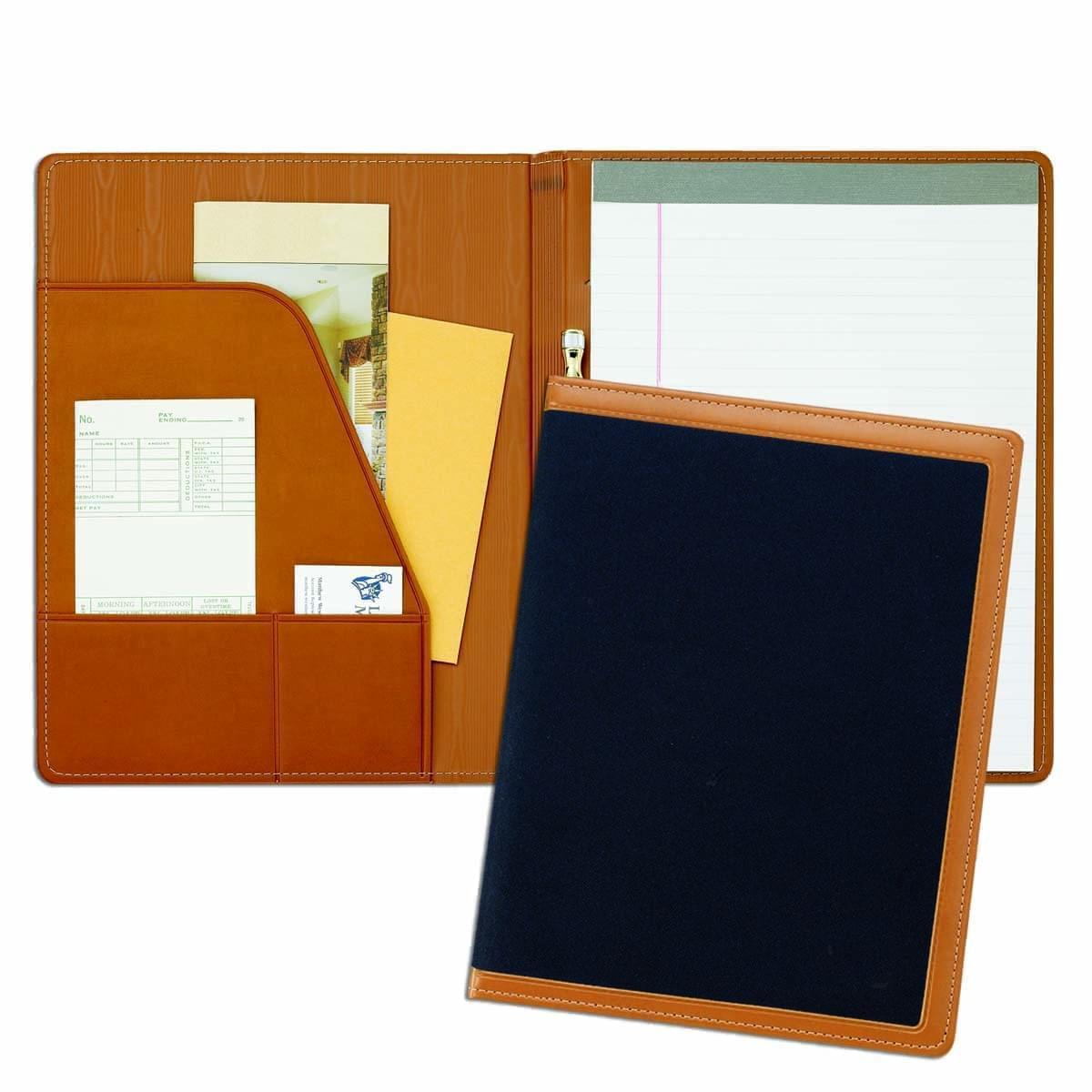
This article in Forbes highlights the inevitability of automation in manufacturing, and why it’s a good thing.
Products are getting smarter. They respond to our touch and voice and adapt to our needs. They are responsive, flexible, and intelligent.
Unfortunately, the same cannot be said about the factories that make them. Our factories are mainly analog; most are still populated by hundreds of people repeating the same task. Neither the processes nor equipment is designed to respond to change, adapt quickly to customer needs, or address quality issues at scale and with ease.
It’s clear that automation is the next giant leap for manufacturing, but its deployment has been stymied for the somewhat ironic reason that automation itself isn’t automated. Instead, machines have to be individually configured and independently managed by human workers. There is no connected flow of information between machines and no method of continuous improvement. This first generation of automation costs too much, takes too long to install, and depends on a small group of experts, making it difficult to scale or replicate.
The logical place to start automating automation is at the back-end of the production line, where assembly, inspection, and testing are still primarily done manually. That requires a combination of technologies to create an integrated system of hardware (such as robotic cells, automatic conveyors, and material feeding systems) and software that leverages computer vision, machine learning, and 3D simulation. The cells provide the arms and legs, and the software provides the eyes and brains. Dexterity and variability are no longer blockers.
See the article HERE. It’s a great read.
#tech #manfucaturing #robotics #automation #business

 Dad Caps
Dad Caps
 Five Panel Hats
Five Panel Hats
 Mesh Back Hats
Mesh Back Hats
 In Stock Blanks
In Stock Blanks
 Snapback Hats
Snapback Hats
 Stretchfit Hats
Stretchfit Hats
 Duffel Bags
Duffel Bags
 Backpacks
Backpacks
 Tote Bags
Tote Bags
 Computer Bags
Computer Bags
 Sling Messenger Bags
Sling Messenger Bags
 Cooler Bags
Cooler Bags
 Cuff Hats
Cuff Hats
 Beanies
Beanies
 Scarves
Scarves
 Zipper Folders
Zipper Folders
 Stitched Folders
Stitched Folders
 Accordion Folders
Accordion Folders
 Ring Binders
Ring Binders
 Letter Folders
Letter Folders
 Clipboards
Clipboards

 Union Made In USA
Union Made In USA






